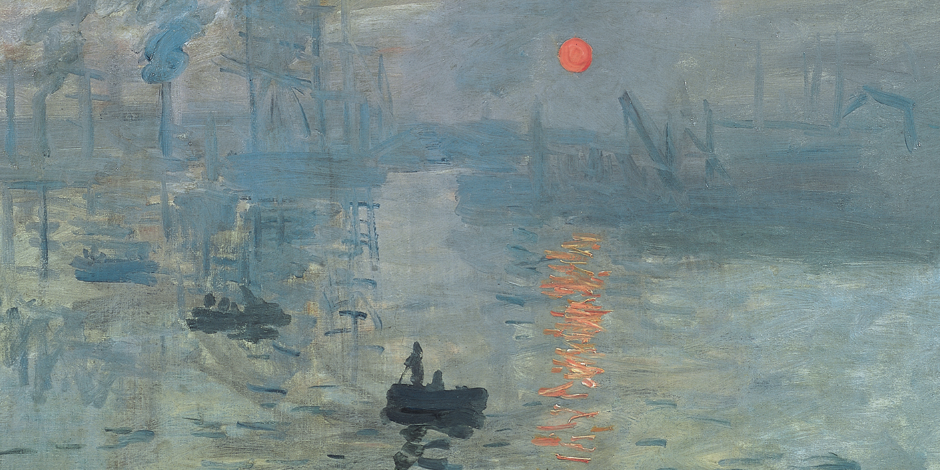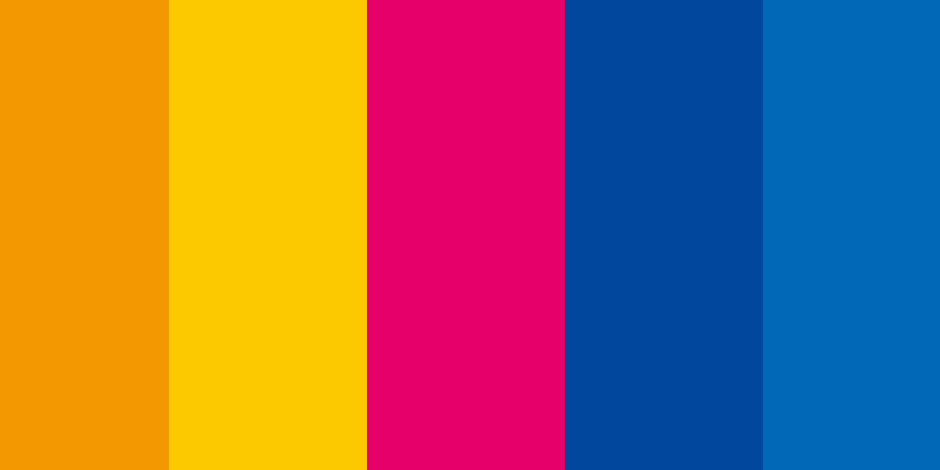Impressionism is an art movement that emerged in the late 19th century and is characterized by its emphasis on capturing the fleeting effects of light and color in outdoor scenes. Pastel is a medium of art that involves using soft, powdered pigments that are applied to paper with a dry brush.
The relationship between Impressionism and Pastels is that many Impressionist painters, such as Edgar Degas and Mary Cassatt, used pastels as one of their preferred mediums to create their works. The use of pastels allowed these artists to achieve the delicate and vibrant color effects that are characteristic of Impressionism. Pastels were also well-suited to capturing the ephemeral qualities of light and color that Impressionism sought to depict.
In summary, pastels were a favored medium of many Impressionist painters and played an important role in the development of the Impressionist style.
Impressionism

Expressionism, Fauvism, and Complementary Colors
This statement is related to the art movements of Expressionism and Fauvism, which emerged in the early 20th century. These movements are known for their bold use of color and their interest in expressing emotions and subjectivity in art. One key technique used by Expressionist and Fauvist painters was the use of complementary colors, which are colors that are opposite each other on the color wheel. By placing complementary colors next to each other, these artists were able to create visual tension and excitement in their works.
Expressionism, Fauvism, and Complementary Colors

Expressionism: Expressionism was an art movement that emerged in Germany at the beginning of the 20th century. Expressionist painters sought to express strong emotions and feelings through their art, often using bold colors and exaggerated forms to create a sense of intensity and unease. Some well-known Expressionist artists include Edvard Munch, Wassily Kandinsky, and Franz Marc.
Fauvism: Fauvism was an art movement that originated in France in the early 20th century. Fauvist painters were known for their use of bright, intense colors and simplified forms. The name “Fauvism“ comes from the French word “les fauves,” which means “wild beasts.” Some famous Fauvist artists include Henri Matisse, André Derain, and Raoul Dufy.
Complementary colors: Complementary colors are pairs of colors that are opposite each other on the color wheel. The primary complementary colors are red and green, blue and orange, and yellow and purple. When placed next to each other, complementary colors create a strong visual contrast and can enhance the intensity and vibrancy of each color. Expressionist and Fauvist painters often used complementary colors in their works to create a sense of tension and excitement.
More Similar Articles of the Author
What is Color Psychology in Art and Design?
What is the start of Color Psychology?
How have Modern Ideas Evolved on the Impact of Color on us?
How is Social Media Influenced by Colors?
Analyzing the Use of Contrast and Chiaroscuro by the Old Masters
The Importance of Color in Abstract Expressionism
What is the Significance of Primary Colors in Pop Art?
What is The Experience of Entering into the Digital Art World like?
Viewing life in All Its Hues





